David Bayani
Carnegie Mellon University
Testing the Depth of ChatGPT's Comprehension via Cross-Modal Tasks Based on ASCII-Art: GPT3.5's Abilities in Regard to Recognizing and Generating ASCII-Art Are Not Totally Lacking
Jul 28, 2023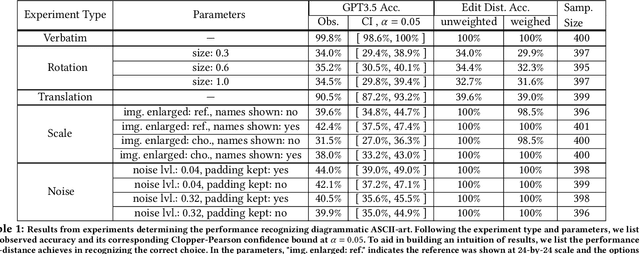
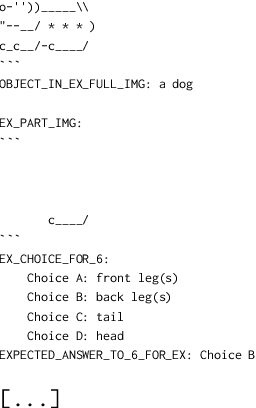
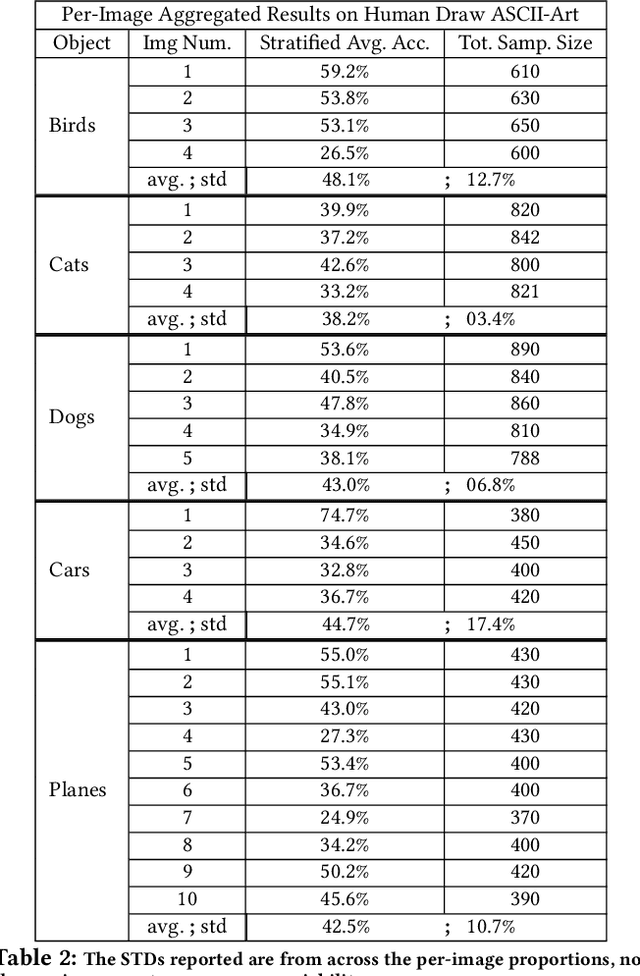
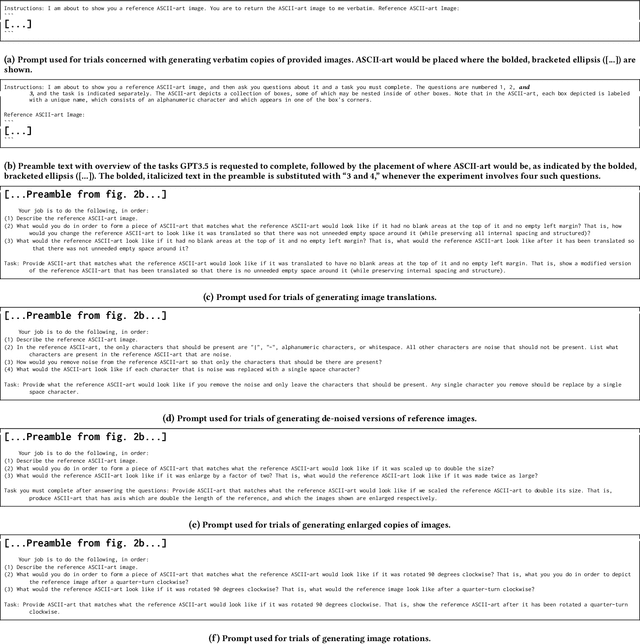
Abstract:Over the eight months since its release, ChatGPT and its underlying model, GPT3.5, have garnered massive attention, due to their potent mix of capability and accessibility. While a niche-industry of papers have emerged examining the scope of capabilities these models possess, the information fed to and extracted from these networks has been either natural language text or stylized, code-like language. Drawing inspiration from the prowess we expect a truly human-level intelligent agent to have across multiple signal modalities, in this work we examine GPT3.5's aptitude for visual tasks, where the inputs feature content provided as ASCII-art without overt distillation into a lingual summary. We conduct experiments analyzing the model's performance on image recognition tasks after various transforms typical in visual settings, trials investigating knowledge of image parts, and tasks covering image generation.
A Learning-Based Method for Automatic Operator Selection in the Fanoos XAI System
Jun 08, 2022

Abstract:We describe an extension of the Fanoos XAI system [Bayani et al 2022] which enables the system to learn the appropriate action to take in order to satisfy a user's request for description to be made more or less abstract. Specifically, descriptions of systems under analysis are stored in states, and in order to make a description more or less abstract, Fanoos selects an operator from a large library to apply to the state and generate a new description. Prior work on Fanoos predominately used hand-written methods for operator-selection; this current work allows Fanoos to leverage experience to learn the best operator to apply in a particular situation, balancing exploration and exploitation, leveraging expert insights when available, and utilizing similarity between the current state and past states. Additionally, in order to bootstrap the learning process (i.e., like in curriculum learning), we describe a simulated user which we implemented; this simulation allows Fanoos to gain general insights that enable reasonable courses of action, insights which later can be refined by experience with real users, as opposed to interacting with humans completely from scratch. Code implementing the methods described in the paper can be found at https://github/DBay-ani/Operator_Selection_Learning_Extensions_For_Fanoos.
WalkingTime: Dynamic Graph Embedding Using Temporal-Topological Flows
Nov 22, 2021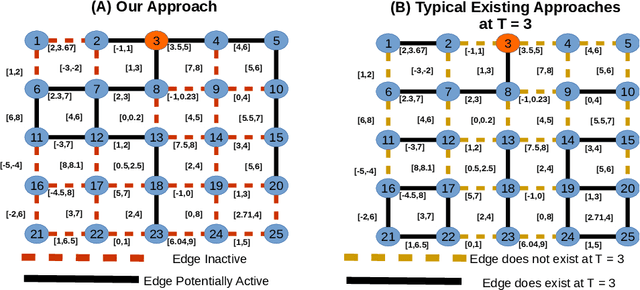
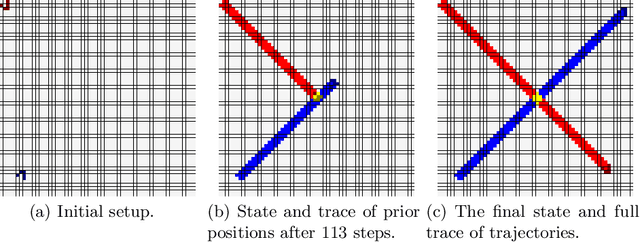
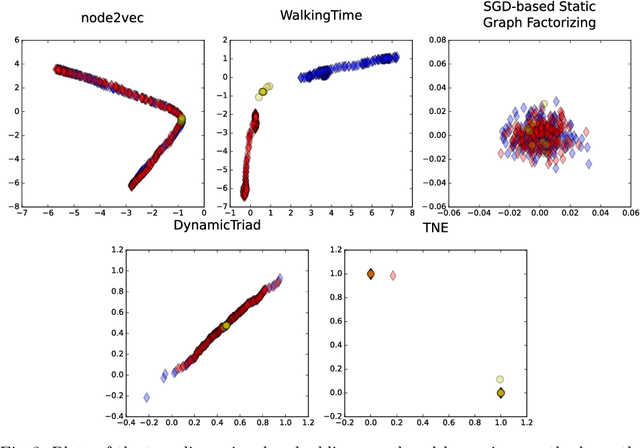
Abstract:Increased attention has been paid over the last four years to dynamic network embedding. Existing dynamic embedding methods, however, consider the problem as limited to the evolution of a topology over a sequence of global, discrete states. We propose a novel embedding algorithm, WalkingTime, based on a fundamentally different handling of time, allowing for the local consideration of continuously occurring phenomena; while others consider global time-steps to be first-order citizens of the dynamic environment, we hold flows comprised of temporally and topologically local interactions as our primitives, without any discretization or alignment of time-related attributes being necessary. Keywords: dynamic networks , representation learning , dynamic graph embedding , time-respecting paths , temporal-topological flows , temporal random walks , temporal networks , real-attributed knowledge graphs , streaming graphs , online networks , asynchronous graphs , asynchronous networks , graph algorithms , deep learning , network analysis , datamining , network science
Fanoos: Multi-Resolution, Multi-Strength, Interactive Explanations for Learned Systems
Jun 22, 2020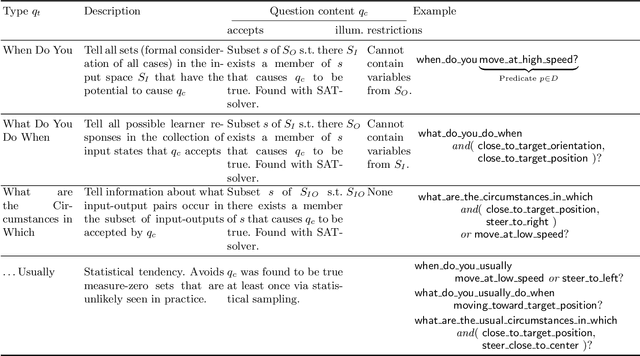
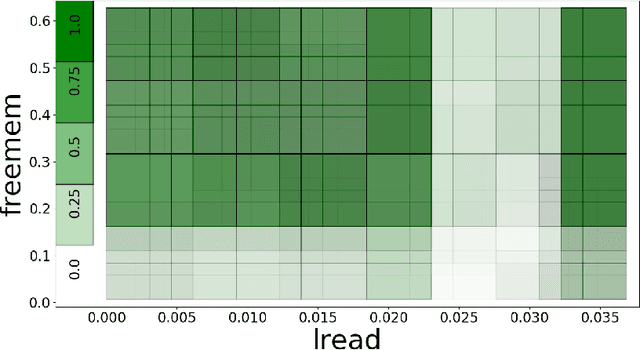

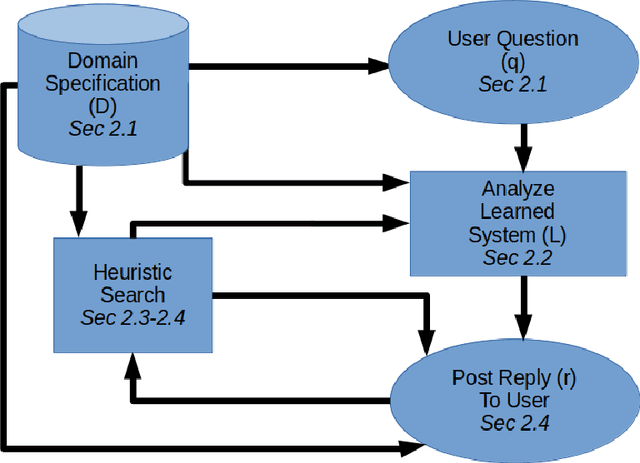
Abstract:Machine learning becomes increasingly important to tune or even synthesize the behavior of safety-critical components in highly non-trivial environments, where the inability to understand learned components in general, and neural nets in particular, poses serious obstacles to their adoption. Explainability and interpretability methods for learned systems have gained considerable academic attention, but the focus of current approaches on only one aspect of explanation, at a fixed level of abstraction, and limited if any formal guarantees, prevents those explanations from being digestible by the relevant stakeholders (e.g., end users, certification authorities, engineers) with their diverse backgrounds and situation-specific needs. We introduce Fanoos, a flexible framework for combining formal verification techniques, heuristic search, and user interaction to explore explanations at the desired level of granularity and fidelity. We demonstrate the ability of Fanoos to produce and adjust the abstractness of explanations in response to user requests on a learned controller for an inverted double pendulum and on a learned CPU usage model.
 Add to Chrome
Add to Chrome Add to Firefox
Add to Firefox Add to Edge
Add to Edge